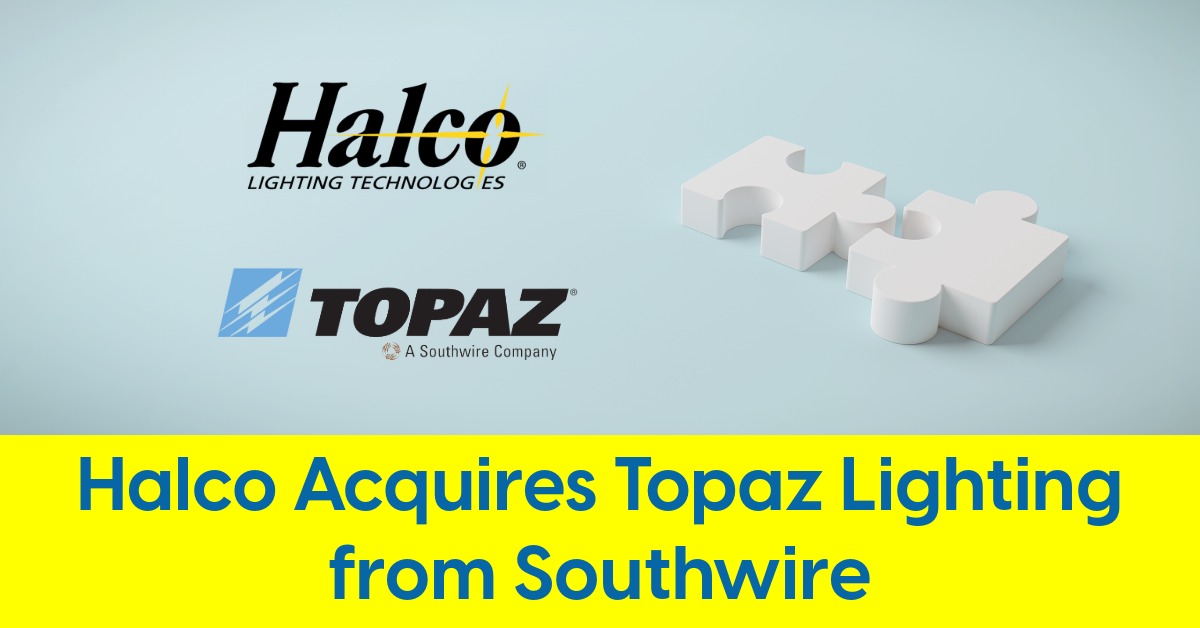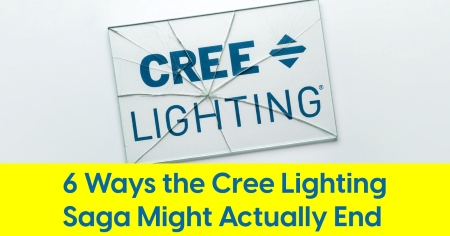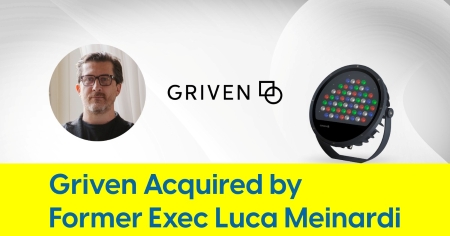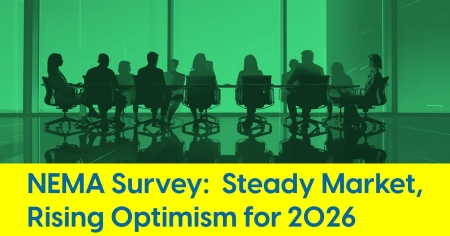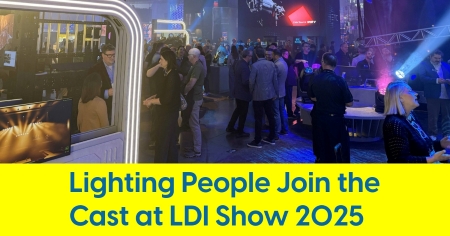September 22, 2023
5 Things to Know: Week Ending September 23

The Clark Bridge is gonna be lit. Plus, automated lighting is about to become more mainstream.
Here's a roundup of some of the week's happenings curated to help lighting people stay informed.
1. Acuity’s Hydrel to span the Mississippi River
As recently reported by the Fox 2 Saint Louis I-Team, the Clark Bridge across the Mississippi River between West Alton, Missouri, and Alton, Illinois, has dimmed over the years. Of its 176 lights that once illuminated its iconic cables, only one remains functional. To restore the bridge's nighttime allure, Alton has invested nearly $1 million for a lighting makeover by local lighting agent St. Louis Lighting Group (SLLG), which recently helped enhance St. Louis' new CityPark MLS Soccer Stadium.
We learned from SLLG that the new LED lights will be manufactured by Acuity Brands’ Hydrel family of outdoor products. The Fox 2 I-Team went on to explain that the new lighting will offer a myriad of color and pattern options. Events like the 4th of July or Cancer Awareness Month will be commemorated through tailored lighting. Funded by ARPA and tourism, not only will this initiative rejuvenate the bridge's aesthetic appeal, but it will also reportedly result in a 73% energy cost savings.
2. WAC makes a federal case out of smart fan technology
WAC reports that it has filed a complaint with the United States International Trade Commission (ITC) requesting that the federal agency institute an investigation into patent infringement by Minka Lighting (Minka) and Visual Comfort & Co. (VCC) of 30 claims of three of WAC’s patents directed to smart fan technology. WAC asserted United States Patent Nos. 10,488,897, 11,028,854, and 11,598,345 in the complaint.
WAC expects the ITC investigation to be instituted soon and the scope of the investigation to encompass Minka’s and VCC’s entire smart fan businesses, including fans offered under Minka’s minkaAire brand and VCC’s Monte Carlo, Chapman & Myers, Sean Lavin, Generation Lighting, and Barbara Barry brands.
As of press time, the ITC Electronic Document Information System (EDIS) does not yet cite the filing.
3. ams OSRAM to receive $320 million in government subsidies for chip production
As reported by MarketWatch, ams Osram is set to receive over EUR 300 million ($320.4 million) in subsidies from Germany in the next five years for chip-making technology investments. This comes as Europe aims for greater self-reliance in semiconductor production. The Austria-based electronics firm, known for manufacturing sensors, announced that the German federal government and the State of Bavaria have intimated the public funding, pending a final grant notice.
The subsidies will bolster R&D for optoelectronic components in Regensburg, potentially generating 400 jobs. This news follows Intel's agreement to invest over EUR 30 billion in two German semiconductor plants and plans for a $4.6 billion facility in Poland.
4. Amazon Echo: Smart, automated residential lighting controls to become more mainstream
As reported by The Verge, Amazon Echo speakers are set to introduce an automatic lighting feature, aiming to simplify smart home lighting. Using the built-in ambient light and ultrasound motion sensors, compatible Echo devices will soon autonomously adjust lights based on the room's brightness and activity. Users just need to opt in via the app and ensure both devices are in the same group. The feature takes cues from the room's devices, such as other Echo devices and sensors, to determine if the room is in use and subsequently manage the lighting.
Customization is available, allowing users to set brightness levels, activation times, and specific lights to be controlled. Unlike other smart lighting apps that require manual programming, this feature ensures broader light compatibility without additional setup. The feature will initially be available on Echo (fourth-gen), Echo Dot (fourth and fifth-gen). Amazon will roll out more features and extend device compatibility in the future.
5. August Sees Surge in Nonresidential Construction
In August, total construction starts surged 6% to a seasonally adjusted annual rate of $1.3 trillion, primarily led by a 40% increase in nonresidential starts due to significant activity in manufacturing and transportation projects. In contrast, residential and nonbuilding construction fell by 1% and 14% respectively. Although total starts were 5% below 2022's year-to-date figures, nonbuilding starts witnessed a 22% rise, largely propelled by utility/gas plant projects.
While year-to-date residential starts showed an 18% decline, nonresidential starts were down 9%. Richard Branch, the chief economist for Dodge Construction Network, voiced concerns about the sector's challenges, highlighting high interest rates, labor shortages, and tighter lending standards. Significant projects initiated in August include the $3.5 billion TransWest Transmission Project and the $2.5 billion John Palmour Manufacturing Center in North Carolina. Despite August's growth, the construction sector faces hurdles, with worries about the final quarter of the year.

